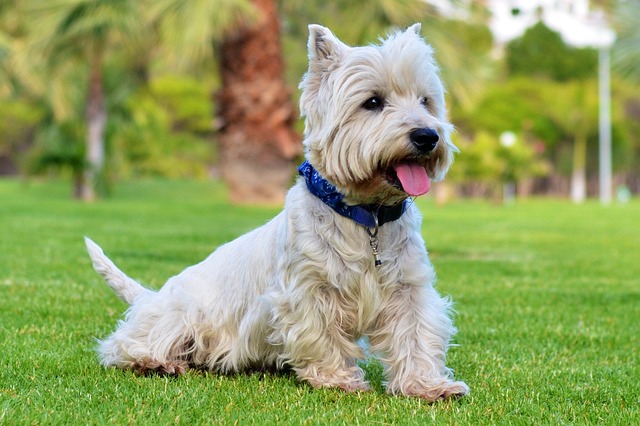
How to correct a dog biting someone when it is excited?
A playful nip from an overexcited pup might seem harmless, but in many places across Europe and North America, even minor bites can trigger legal concerns.
As a new dog owner in the US, you've likely faced those moments when your furry friend seems lost in their own world, ignoring your calls. Whether it's during a walk, playtime in the backyard, or just trying to get them to come inside, getting your dog's attention can be a challenge. But fear not, with the right sounds and training, you can have your dog perking up and responding to you in no time.
Dogs have an incredible sense of hearing, far more sensitive than ours. They can detect sounds at much higher frequencies and from greater distances. This is due to the structure of their ears, which are designed to capture even the faintest of noises. Their auditory cortex, the part of the brain that processes sound, is also more developed than in humans. When it comes to getting their attention, we can use this heightened sense to our advantage. Different sounds can trigger various responses in dogs. High - pitched sounds, for example, often catch their attention as they mimic the sounds of small prey or potential threats in their natural environment.
One of the simplest ways to get your dog's attention is by using their name. But not just any old way of saying it. Use a clear, upbeat tone. For instance, if your dog's name is Max, say "Max!" in a voice that sounds excited, like you're about to give them a treat. Pair this with a small, delicious treat. Every time you say their name and they look at you, immediately give them the treat. Do this consistently, and soon they'll associate their name with something positive and will turn their heads when they hear it. Another effective sound is the "kiss - kiss" or "tsk - tsk" noise. These sharp, high - pitched sounds are hard for dogs to ignore. You can make this sound when you want to call your dog from across the yard or get them to stop what they're doing. Again, follow it up with a reward when they respond. There are also specialized tools like dog whistles. These emit a high - frequency sound that humans can barely hear, but dogs can pick up on easily. You can train your dog to associate the whistle sound with coming to you. Start by blowing the whistle gently, then calling your dog's name and giving them a treat when they arrive. Gradually increase the distance between you and your dog when using the whistle.

In the US, it's important to remember that when you're out with your dog, you must comply with local laws. All dogs are required to be up - to - date on their rabies vaccines, and you may need to show proof upon request, especially in public places like parks. Always clean up after your dog in public areas. Leaving dog waste behind is not only unhygienic but can also result in hefty fines in many cities. Culturally, never use sounds to startle or punish your dog. In the US, the animal welfare culture strongly emphasizes positive training methods. If your dog doesn't respond to a sound, don't shout or make a loud, scary noise. Instead, go back to the basics of positive reinforcement. If you live in an apartment, be mindful of your neighbors when using sounds to train your dog. Avoid making excessive noise, especially during quiet hours. When you take your dog out in the community, keep them on a leash as required by local regulations. And remember, a well - trained dog that responds to your sounds is more likely to be well - behaved in public, making for a better experience for everyone.
By using these sound - based techniques, being consistent with training, and respecting local rules and cultural norms, you can effectively get your dog's attention and build a stronger bond with your furry companion.

A playful nip from an overexcited pup might seem harmless, but in many places across Europe and North America, even minor bites can trigger legal concerns.

Imagine grabbing your keys to head out – your pup’s tail droops, eyes widen, and before the door clicks shut, the barking starts. For new dog owners, this daily scene isn’t just noisy; it’s a sign your furry friend might be struggling with being alone.

Puppies, especially 3-month-old Teddy dogs, have tiny bladders and limited control, making accidents almost inevitable. But with consistency, you can guide them to a specific spot quickly.

Crate training for bathroom habits starts with picking the right size. The cage should be just big enough for your dog to stand, turn around, and lie down comfortably—no extra space to lounge and eliminate in separate corners.

You're sipping coffee when suddenly—scratch scratch whine—your dog paws frantically at the back door just minutes after being let out.

That heart-sinking moment when your dog ignores your calls, laser-focused on a squirrel across the street or a dropped hot dog at the park? You’re not alone.